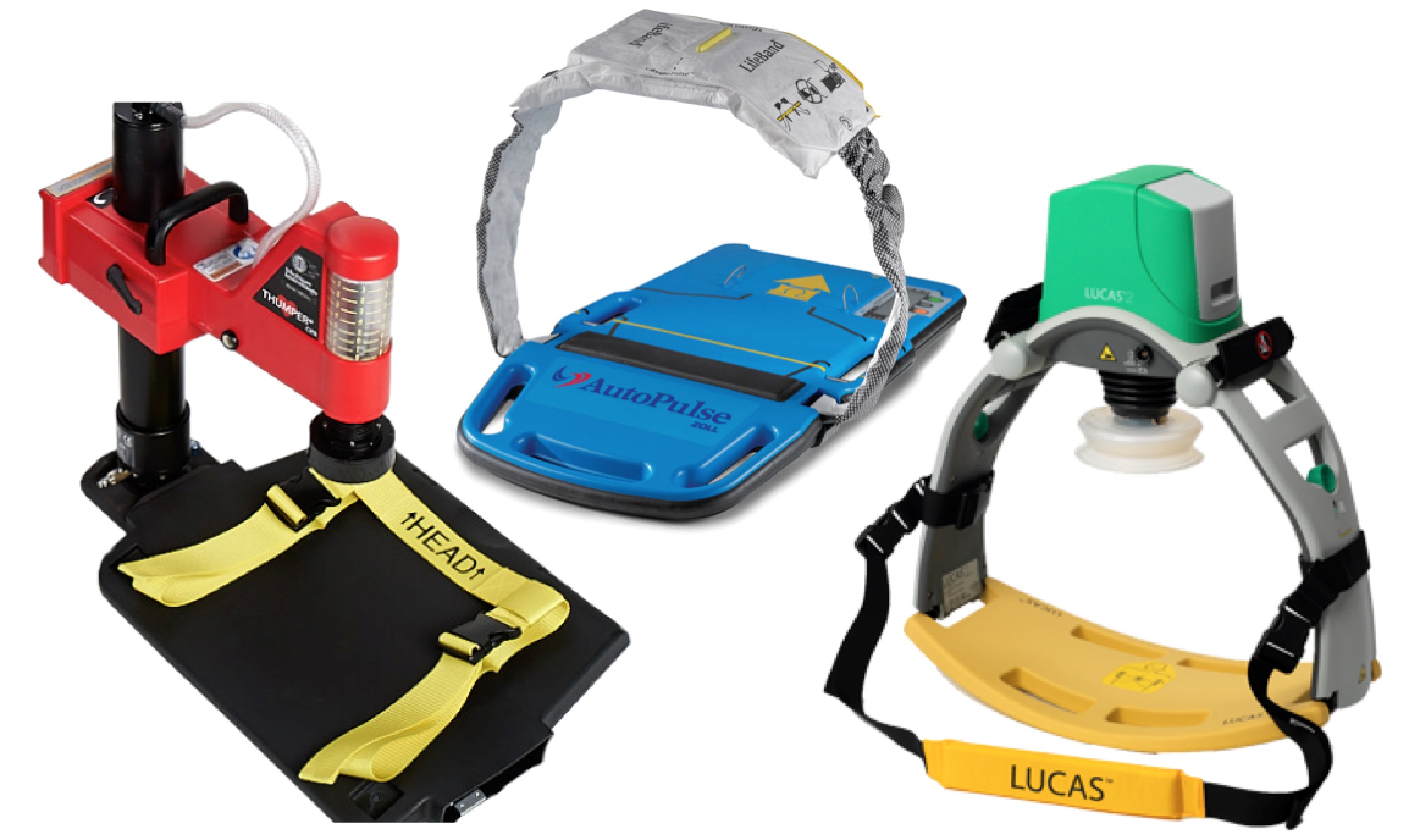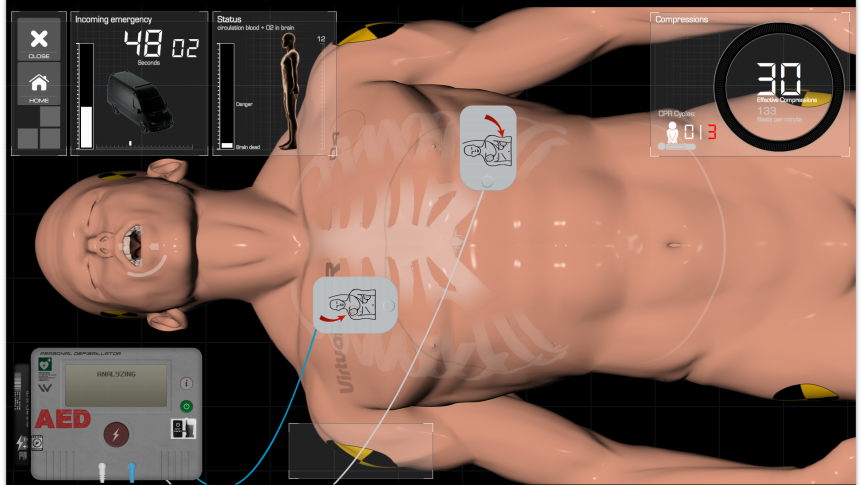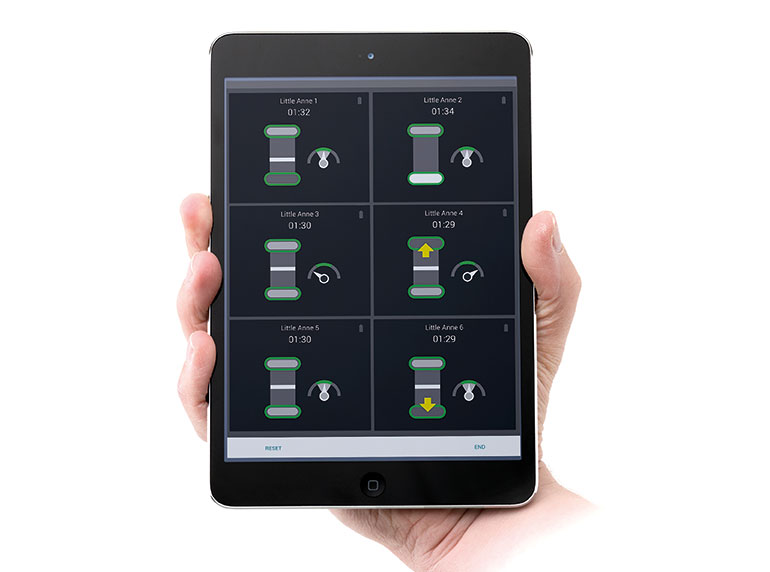Technological advances are coming for CPR and First Aid Training
It’s not news to anyone that our technology seems to be advancing at an ever-increasing rate. Self-driving cars, shopping by voice, and phones that know when we need to leave to make that dinner reservation on time – these things that seemed to be the stuff of science fiction just a decade ago are now commonplace.
Changes in technology are also making their way into the realm of CPR and First Aid. In this blog post, we’ll list a few of things you may see in the next couple years, as well as how the CPR and First Aid classes at CPR Seattle may be featuring new technology for training future “citizen superheroes”.
AED Drone Delivery
Drones, drones, drones – it’s all about the drones. From tiny versions you can fly around your living room, to giant cargo delivery versions that can carry a ton, drones are being used by many industries for jobs that are too hazardous for humans or that can be performed better (and more cheaply) by a machine.
A Swedish experiment simulated responses to 18 cardiac arrests, sending drones carrying AEDs to sites where ambulances had previously responded to actual occurrences. When researchers timed the interval from the call to the EMS dispatcher to the arrival of the AED, they found that ambulance travel times were roughly 20 minutes, whereas for the drones, the delivery times were around 5 minutes.
Researchers in Sweden hope to conduct additional trials soon. Current Swedish law requires line of sight for drone operators, so some laws might need to be changed before actual drone deliveries could take place.
 Mechanical CPR
Mechanical CPR
Oftentimes during an EMS response to cardiac arrest, chest compressions must be interrupted in order to transport the patient, administer medications, or switch rescuers. Also, compressions become less effective as the rescuer becomes fatigued. To increase the effectiveness and number of chest compressions, several companies have developed systems to mechanically administer chest compressions. This is done through the use of a piston or compression band. Research so far has not indicated a significant survival advantage to the use of mechanical CPR devices over manually-administered CPR, but odds are that future advances may be able to make a difference.
Augmented Reality applications
The recent Pokemon Go craze is an excellent example of augmented reality, or “AR”, being employed by a massive number of people. For those unaware, the game uses your smartphone camera to overlay fantastical tiny monsters onto the scene, making it almost look like the animated creatures are actually there. With the advent of devices such as Google Glass, Microsoft Holo, and Samsung Gear VR, medical applications seem almost limitless, aiding everything from routine doctor visits to critical neurosurgery.
Applying these techniques to CPR training and performance would not be technically prohibitive. AR apps would be able to gauge compression distance and rate from video taken by the devices, project real-time feedback of CPR technique, and even alert EMS to the need for assistance. Rescuers themselves could also use the devices to monitor patients, verify medical procedures and interventions (such as correct drug dosages), and obtain help and recommendations from remote personnel.
 Real-time, personalized feedback for CPR training
Real-time, personalized feedback for CPR training
During your last CPR Seattle training session, you probably got one type of feedback information from your training mannequin – a “click” that you heard whenever you pushed down far enough for a chest compression. There may have been a video demonstrating the correct speed, or an instructor with a stopwatch, helping you keep the correct pace. But what if every single compression, recoil, and breath could be measured and shown to you while you practice, giving you constant, qualitative feedback on your performance?
This winter, CPR Seattle will be upgrading our CPR training equipment to Laerdal Medical’s “QCPR”, or “Quality” CPR mannequins. Each of our adult mannequins will have modules installed that will give a visual readout to each student that constantly measures their CPR performance. Compression speed and depth, recoil distance, and ventilation volume will all be measured and displayed to the student. Instructors will be able to monitor the CPR performance of an entire class at once and ensure that all skills requirements are met. This will provide invaluable feedback to each student, as well as make skills evaluation much more quantifiable.
These are just a few of the changes we are likely to see in the near future. However, the further we project, the harder it is to know what’s coming. Odds are, we can’t even conceive of the things the next generation of rescuers and EMS personnel are going to have available to them. If nothing else, it’ll be interesting!
Enjoy our blog? follow us on Facebook.
Published on August 25, 2017
